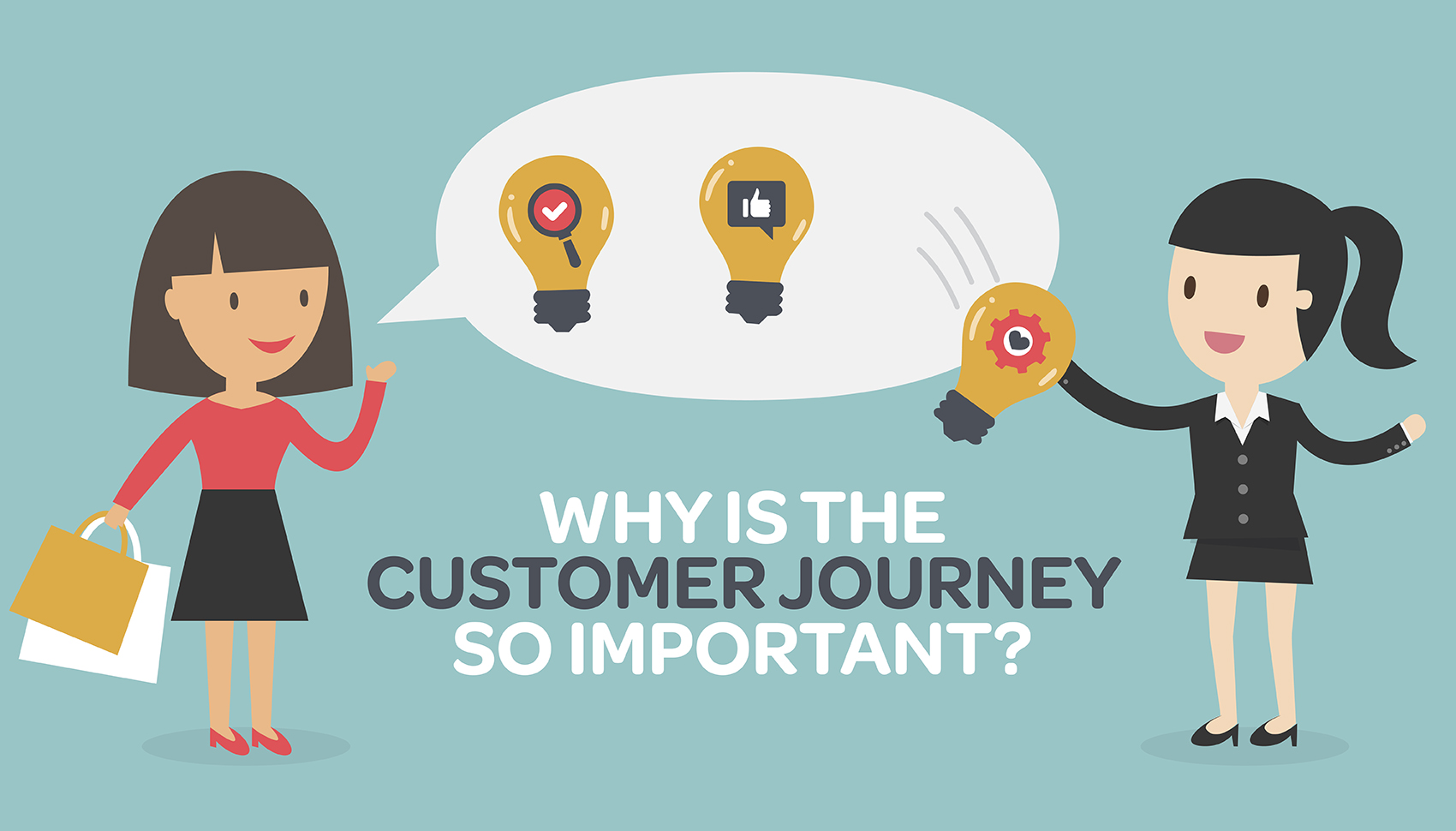A customer journey map helps you step into your customer’s shoes and see your business from their vantage point. When you are able to win and retain key customers throughout the years, despite your complicated internal silos, you begin to understand the real value and impact of strategically mapping the entire customer experience.
Let’s look at the key benefits of journey mapping:
‘Journey led transformations improve customer satisfaction by 20%’ [McKinsey and Company]
If it matters to your customers, it should matter to you!
What are the key factors that have real impact for your customers? Is it reputation, speed of interaction, digital assets? It shouldn’t need to be said but understanding your customers has immense value. A customer journey map allows you to discover how your customers engage at each step of the buying process. However you decide to track this (data, apps, empirical data or other customer tools) means that you will be better able to identify and alleviate any potential roadblocks and pain points for your customer.
‘There is only one boss – the customer. And he/she can fire everybody in the company, from the chairman on down, simply by spending their money somewhere else.” [Sam Walton]
Identify operational inefficiencies
It’s fair to say that the only people who will benefit from poor customer service are your competitors. Wearing the hat of a customer can allow you to identify areas within the overall experience that may leave a negative impression. For example, is your website and sales system efficient and easy-to-use or is it outdated? Does your brand speak to your market at every touchpoint so customers know who you are, what you do and how to engage with you? Or, is it time to re-fresh and upgrade?
‘Journey led transformations lower service costs by 20%’ [McKinsey and Company]
Improve internal alignment; break down organisational silos
When you realise that all areas of the business form part of the dialogue with customers, you can begin see how each part of your internal operation plays a part in the customer journey. The customer journey map clarifies the touchpoints and inter-dependencies between disparate departments and the customer and how and where they fit in the journey; improving alignment through shared responsibility and accountability.
“An organisation’s ability to learn, and translate that learning into action rapidly, is the ultimate competitive advantage” [Jack Welch]
Add focus to your company goals and strategy
You might be surprised what you discover once you begin to evaluate and map your customer’s journey. Realising the full potential of customer journey mapping calls for integration into a wider customer experience improvement strategy. Making the customer experience one of they key goals and performance criteria areas within your business will help to enable cohesion between the different areas within your organisation.
‘By 2020 the customer will manage 85% of its relationship with an enterprise without interacting with a human.’ [Gartner]
Create a differentiated customer experience
What makes you different? If there are 100 other competitors in your market space, then identifying what customers want and then finding a way to offer it is invaluable. How can you ‘out-do’ your competitors? Are there new trends that you can tap into to get ahead? Companies that are doing new and exciting things to optimise the customer experience, particularly in relation to their digital presence will continue to be the winners.
See also: 5 Hot Marketing Trends to Trump 2017
In our next installment we’ll take a closer look at customer journey mapping and its key components. Contact the team at MIH if you would like to discuss how journey mapping can positively impact your next campaign and business.

